This is even more urgent in the context of climate change, which is increasing the frequency of severe natural disasters. Typically, some northern provinces of our country, including Hanoi , have just suffered heavy damage caused by storm No. 3 (storm Yagi).
Severe impact
Storm No. 3 swept through Hanoi, causing great damage in many aspects. In addition to tens of thousands of trees being broken, there were many other damages related to people's property and vehicles. Mr. Nguyen Nhat Truong, Dinh Cong urban area, Hoang Mai district, said that during the days when the storm landed, many car owners who parked or stopped under trees, lamp posts or electric poles were very worried about their family's property. Because with the length and large mass of trees, lamp posts and electric poles, once they fell, the consequences would be very unpredictable.
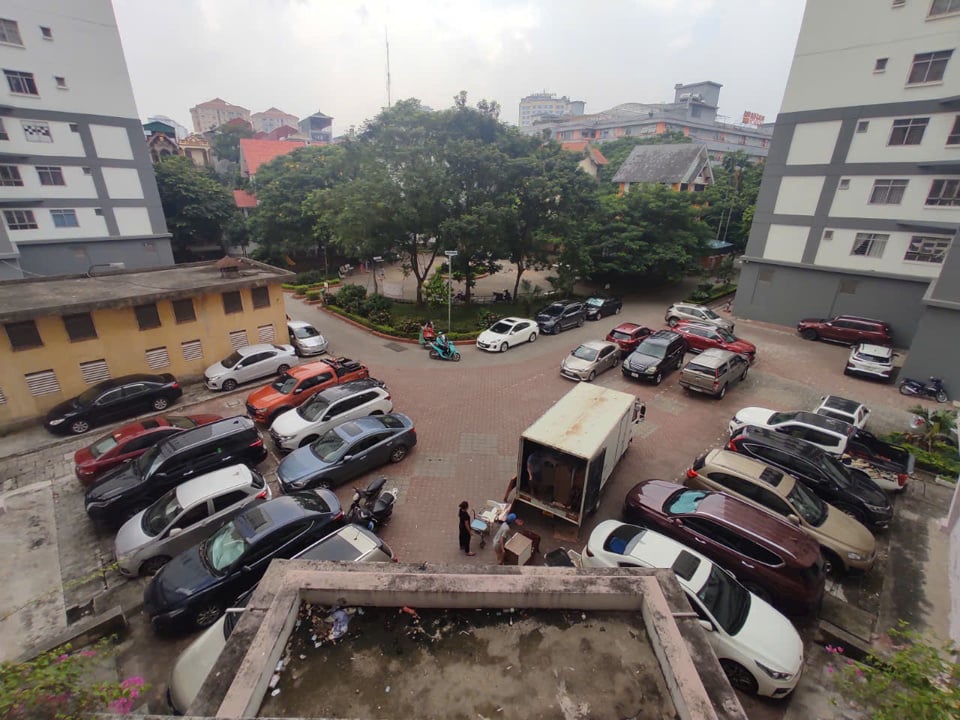
According to Mr. Truong, although the mass media, radio, and local authorities at all levels regularly warn about the danger of the storm, organize propaganda, and advise people to move their vehicles to avoid the storm. However, in reality, in densely populated areas such as Dinh Cong, Linh Dam (Hoang Mai district) or other inner-city districts, finding a safe parking lot is not easy, and if you find a qualified parking lot, it will be full of vehicles. Therefore, many families have only one solution: parking on the roadside, which is full of trees.
Through the images after the storm posted on the media, it can be seen that many trees were broken and fell directly on cars. And indeed, when looking at the scene of cars that were no longer intact and deformed by fallen trees, it is truly heartbreaking and regretful for the assets that many families have saved up for their entire lives.
Discussing this issue, former Director of the Department of Infrastructure ( Ministry of Construction ), Associate Professor, Dr. Nguyen Hong Tien said that one of the reasons leading to damage to people's property after each storm and flood is that Hanoi as well as some provinces and cities have not promoted the development of underground space, including underground parking lots. In Hanoi, many urban area projects and high-rise apartments have sprung up but do not have basements, some places have basements but can only park motorbikes, for example Linh Dam area. A series of apartment blocks have sprung up but do not have parking lots or if there are parking lots, most of them are on the ground, while the land fund for this location is not much.
For the inner city districts with high population density and old apartment buildings built in the 60s of the last century, underground space for vehicles is not arranged. Therefore, people living here still have to take advantage of parking lots in the corners of parks, roads, sidewalks, where there are many green trees, leading to no safe shelter for vehicles during storms.
It is worth mentioning that in the process of constructing apartment buildings and urban areas, investing in underground space requires a relatively large amount of funding, so investors often ignore this issue. When there is no underground parking lot in many buildings, it is necessary to arrange parking spaces on the ground right in the public space... For example, at apartment building No. 183 Hoang Van Thai (Thanh Xuan district), most residents have to take advantage of the empty space on the sidewalk, curb, and public space to park. Therefore, it can be affirmed that the slow development of underground space leads to consequences such as urban flooding; infrastructure overload; vehicles stopping and parking, causing loss of urban aesthetics, obstructing and causing traffic jams...
Unleash the Underground
Talking about the meaning and role of underground space development, Associate Professor Dr. Nguyen Hong Tien affirmed that the use, exploitation and effective promotion of underground space brings many benefits. Specifically, the first thing that is easy to see is improving the efficiency and quality of urban planning, reorganizing urban construction space; increasing land use value and rationally using urban land funds to build houses, build public works; contributing to the formation and development of the underground real estate market. In addition, the development of underground space also contributes to solving urban traffic problems; effectively exploiting land resources; minimizing the impact of environmental pollution. More importantly, it creates efficiency in terms of safety and national security. Accordingly, underground works are used as a safe defense system when natural disasters or wars occur...
According to Associate Professor Dr. Nguyen Hong Tien, Hanoi is one of the leading localities in developing underground space. Specifically and most clearly, since 2010, the city has had a policy of burying the power system, communication system, water supply and drainage works, developing Kim Lien tunnels, Thang Long Avenue, Nguyen Trai and about 20 underground tunnels for pedestrians... However, to meet the development needs of a modern city, to build a capital of great stature in the region and in the world , the city needs to develop underground space more strongly. To realize this goal on the basis of Decision 1259/QD-TTg of the Government in 2011, Hanoi has established a Master Plan for underground construction space in the city center. In which, it provides planning orientations for subway lines, underground stations, underground construction systems, underground parking lots...
In the upcoming Hanoi Capital Planning for the period 2021 - 2030, with a vision to 2050 and the Project to Adjust the Hanoi Capital Master Plan to 2045, with a vision to 2065, Hanoi City will once again specify each location and each location for underground space development. However, Associate Professor, Dr. Nguyen Hong Tien emphasized that, in addition to paying attention to underground space and organizing the implementation of underground space planning, the City needs to pay special attention to technical conditions, technology, management capacity, financial conditions, etc.
In particular, the survey, construction, construction and maintenance of underground works require high technology and high technical level. Underground construction works often have to meet very high technical standards in terms of durability, ventilation, convenient operation, safety in all conditions including natural disasters (earthquakes, floods), fire and explosion disasters.
Thus, the city needs to have programs, projects, scientific research projects and transfer of modern technologies to serve the construction and operation to meet the needs of underground construction. Improve the capacity to manage and operate underground works. Train a team of cadres and workers with enough capacity to receive modern technology to operate and exploit effectively; build a database of urban underground space; carry out digital transformation in the management of this field. Regarding financial conditions, the city needs to determine that the initial investment in underground construction requires a very large amount of capital and therefore needs a specific mechanism for investment in the above field, as well as mobilize other resources in investment, construction...
To accelerate the development of underground space, in the immediate future, Hanoi City needs to consider and study the use of budget capital as a "seed" source of capital to invest in a number of underground works and underground parking lots. On the one hand, to reduce the overload of parking infrastructure for densely populated areas, and on the other hand, to create a spillover effect in attracting investors to this field.
Former Director of the Department of Infrastructure (Ministry of Construction), Associate Professor, Dr. Nguyen Hong Tien
Source: https://kinhtedothi.vn/go-nut-that-quy-hoach-khong-gian-ngam.html


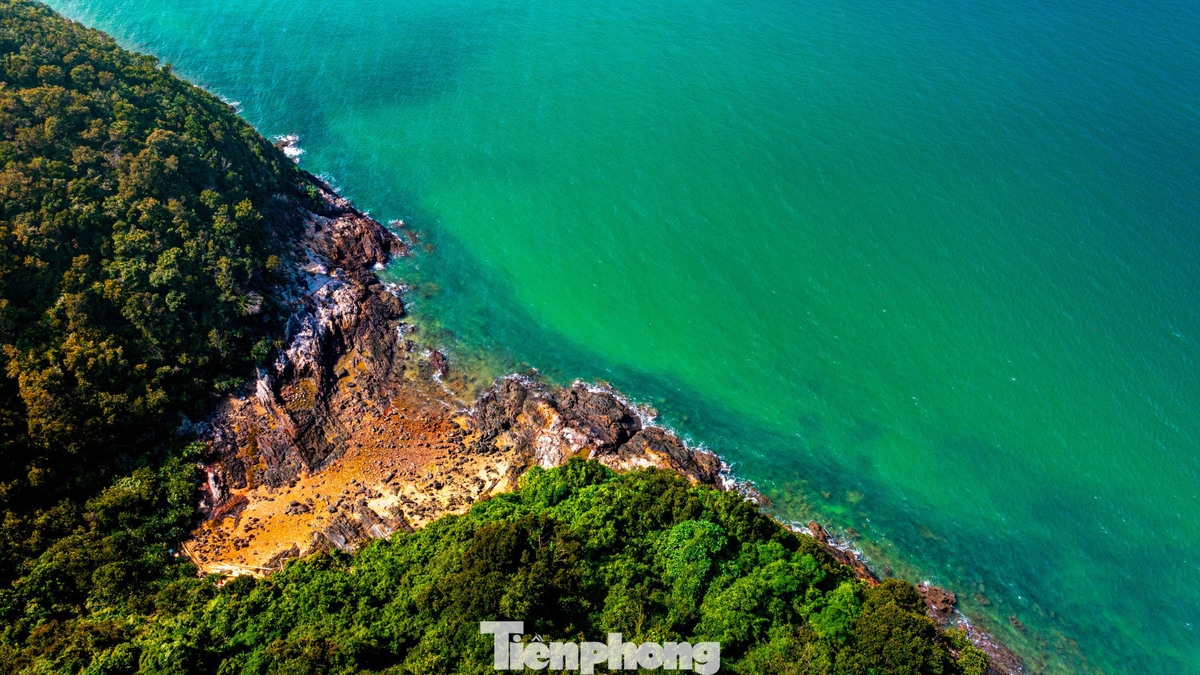


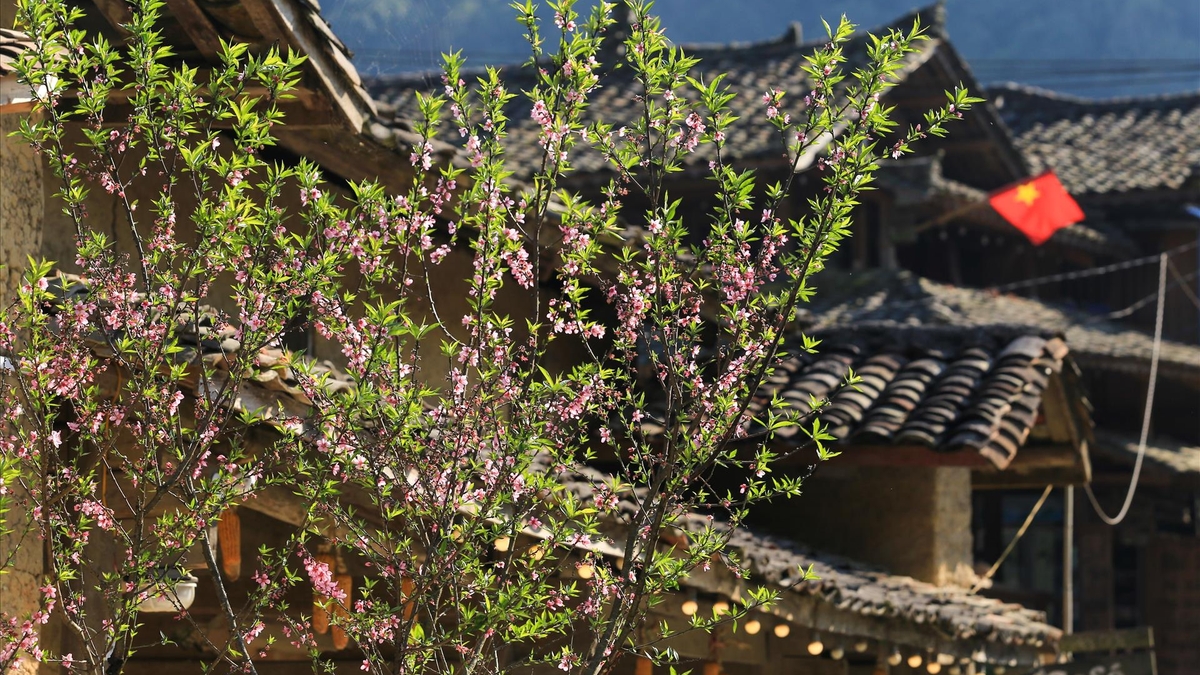


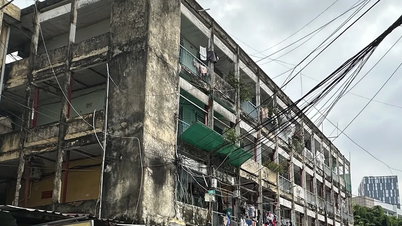



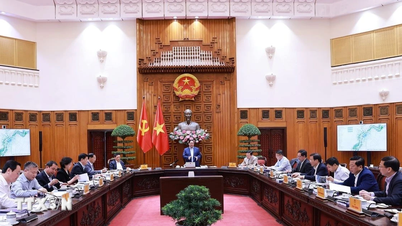

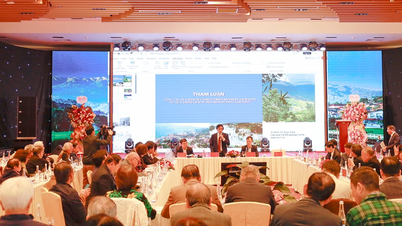

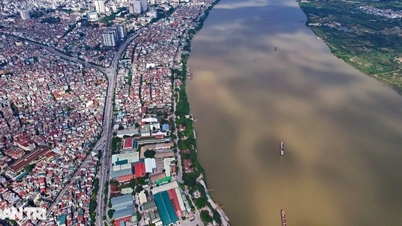





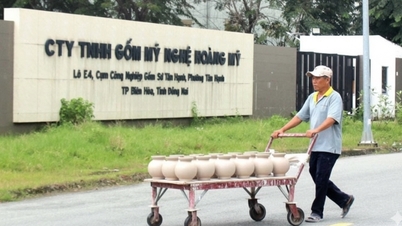
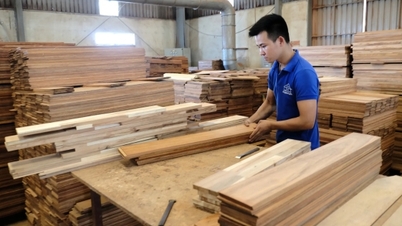
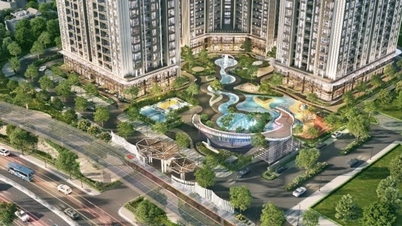


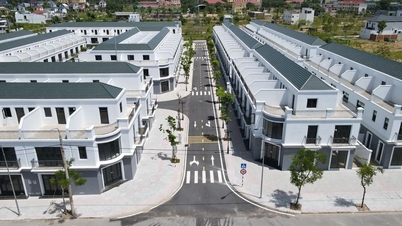


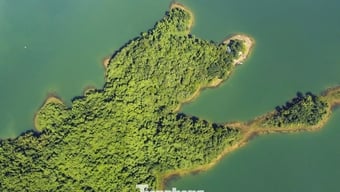

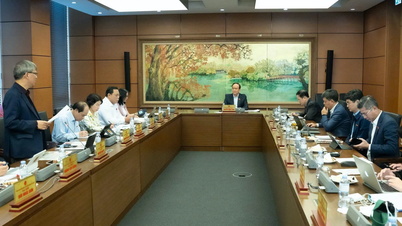
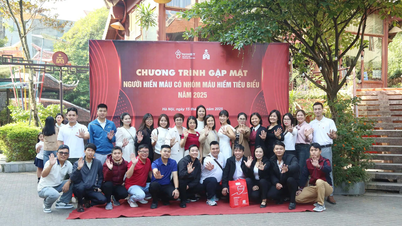
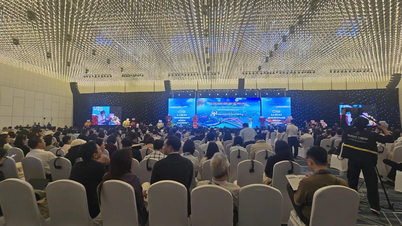
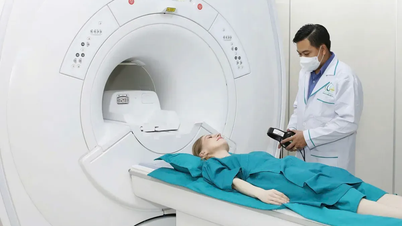



![[Photo] General Secretary To Lam and National Assembly Chairman Tran Thanh Man attend the 80th Anniversary of the Traditional Day of the Vietnamese Inspection Sector](https://vphoto.vietnam.vn/thumb/1200x675/vietnam/resource/IMAGE/2025/11/17/1763356362984_a2-bnd-7940-3561-jpg.webp)









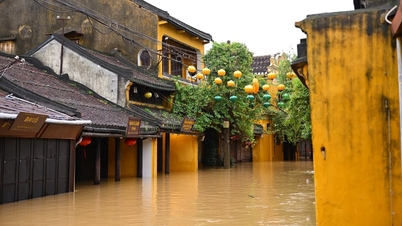
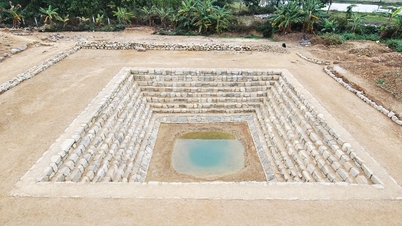



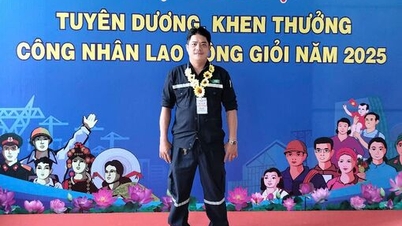



















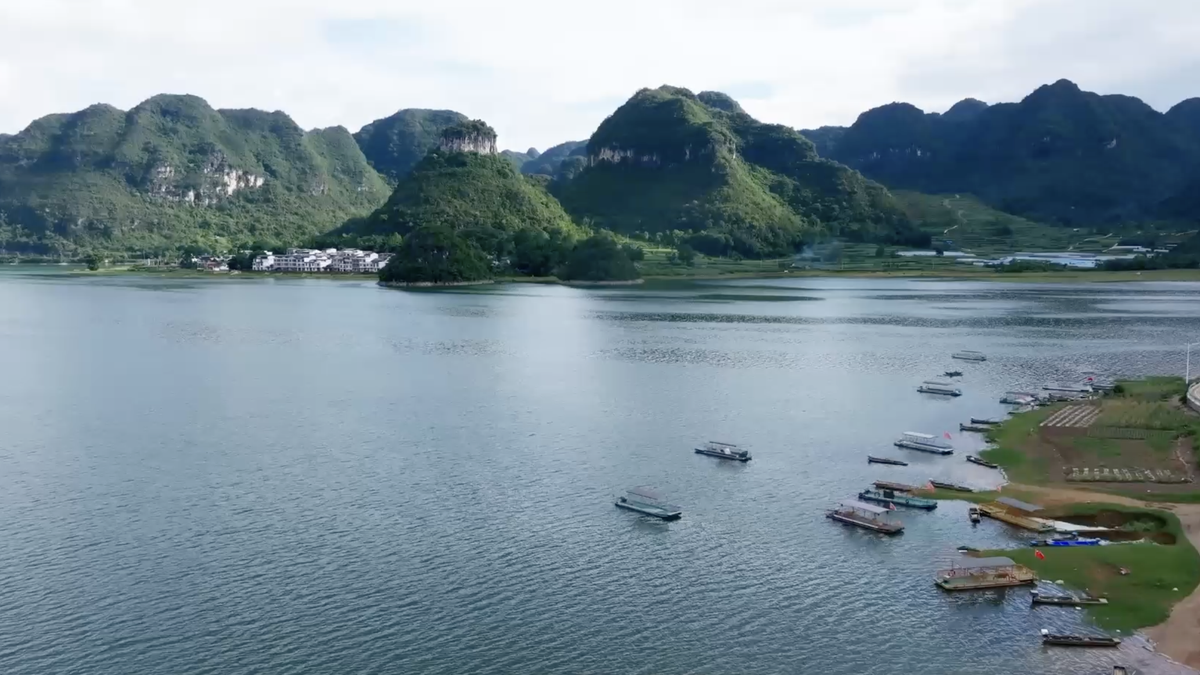
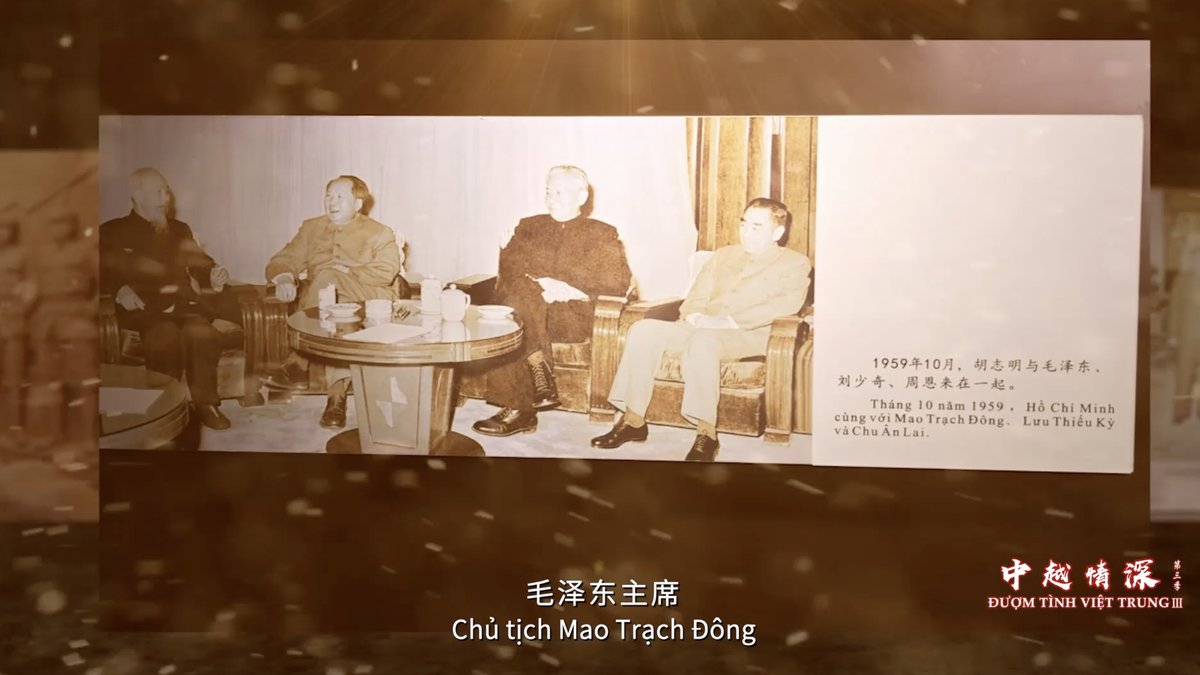


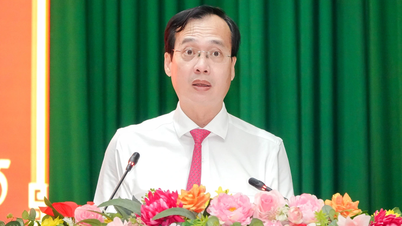









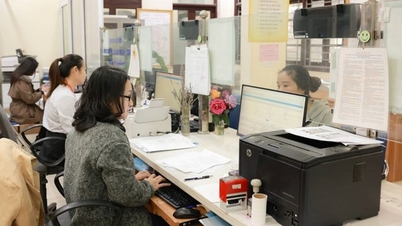





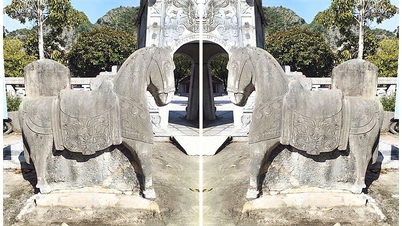

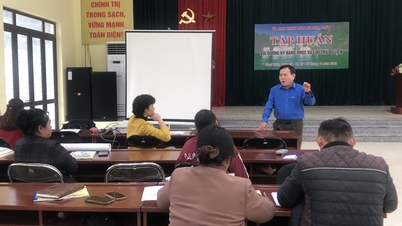

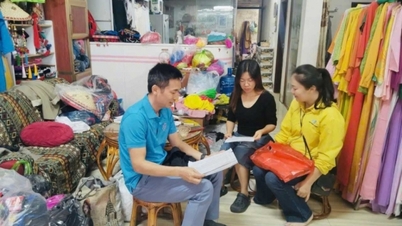









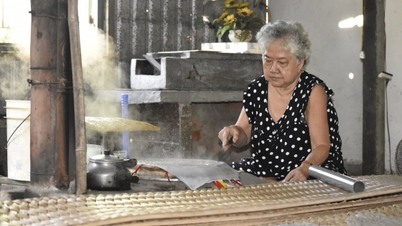


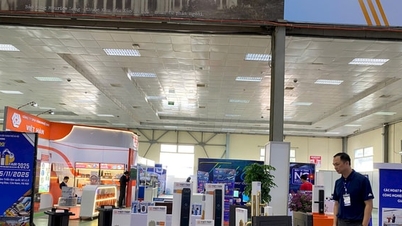

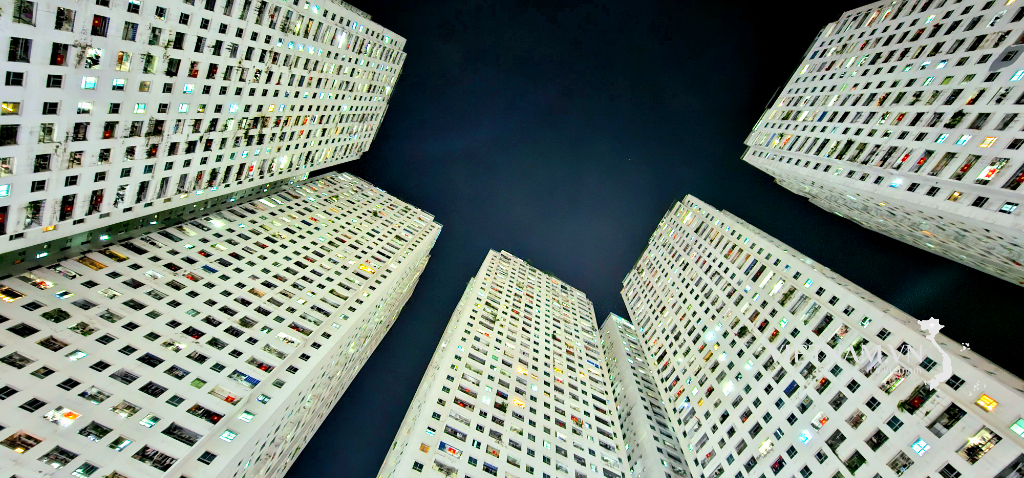



Comment (0)